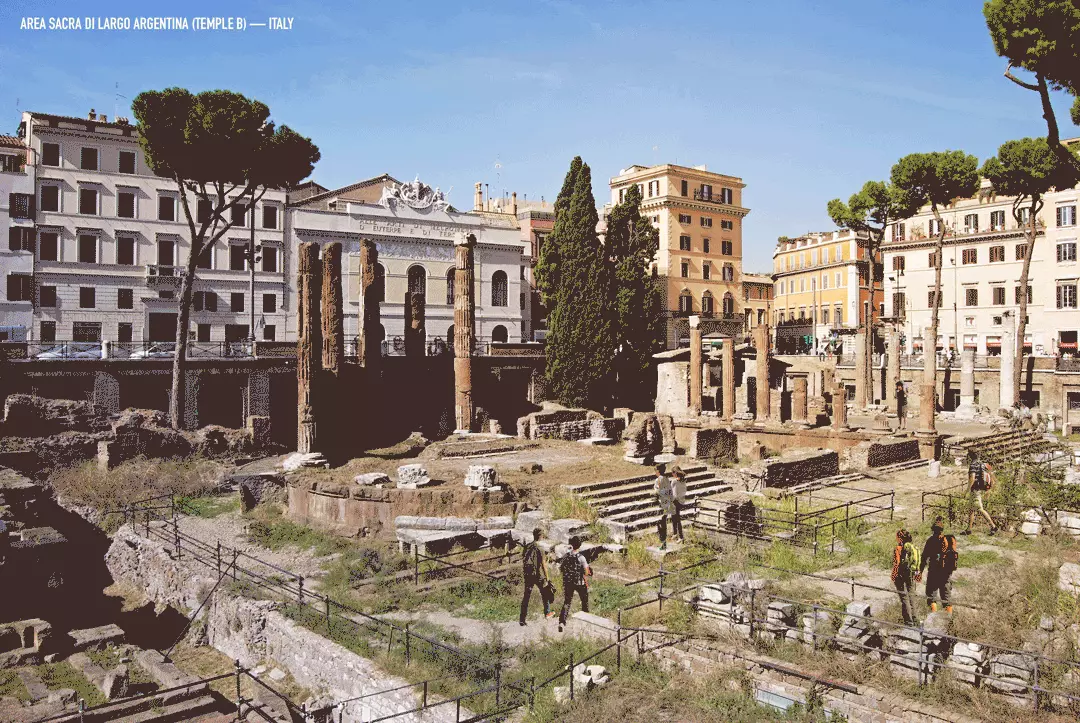wonders of the ancient world there's a lot. There are, of course, the seven officers -the Lighthouse of Alexandria, the Colossus of Rhodes, the Temple of Artemis, the Statue of Zeus, the Mausoleum of Halicarnassus, the Hanging Gardens of Babylon and the Great Pyramid of Giza-, but there are also many other exceptional constructions whose ruins have reached our days and make us always ask ourselves: What would they be like when they were built? in its heyday?
To find out, those responsible for the blog of the Expedia travel booking website have consulted official historical sources and they have dedicated themselves to reconstructing them as a simple gifs that 'transform' them based on their current appearance and restoring them to its former glory , the one that is so hard to imagine when there are only a few stones left on the ground. Will you join us on this fascinating journey through time?
- THE PARTHENON
Located on top of the hill Acropolis, an ancient citadel in Athens (Greece), the Parthenon, built between 447 B.C. C. and 432 a. C., retains an imposing profile. In 1687 he suffered heavy damage in the Great Turkish War , but much of the robust Doric architecture withstood the blast , and to a large extent, the monument remains intact to this day. Currently, it is a tourist attraction that attracts millions of visitors a year.
Here we can see it, completely restored in its original splendor. Of course, the enormous golden statue of athena , the Greek goddess of wisdom, crafts and war, who was kept inside.
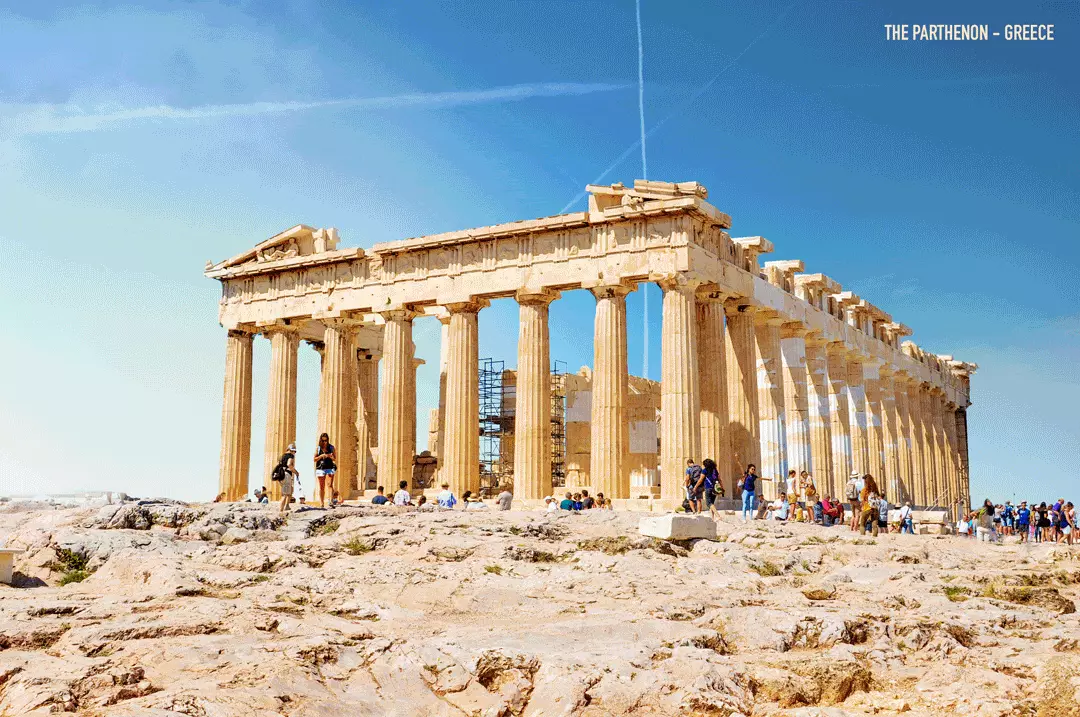
2. NOHOCH MUL PYRAMID (COBÁ)
Coba is the tallest mayan pyramid of the peninsula Yucatan -and the second highest in the world-, thanks to its 42 meters high , spread over 120 steps. It is located in the Mexican state of Quintana Roo , a place believed to have been first settled between 100 B.C. C. and 100 d. C. and that was abandoned around 1550, upon the arrival of the Spanish conquers.
The monument was discovered in the 1800s, but the archaeological site was not opened to the public until 1973 , Since the thick jungle that surrounded him made it difficult to locate him. Today it remains off the beaten track, but can be reached by public transport or by car.
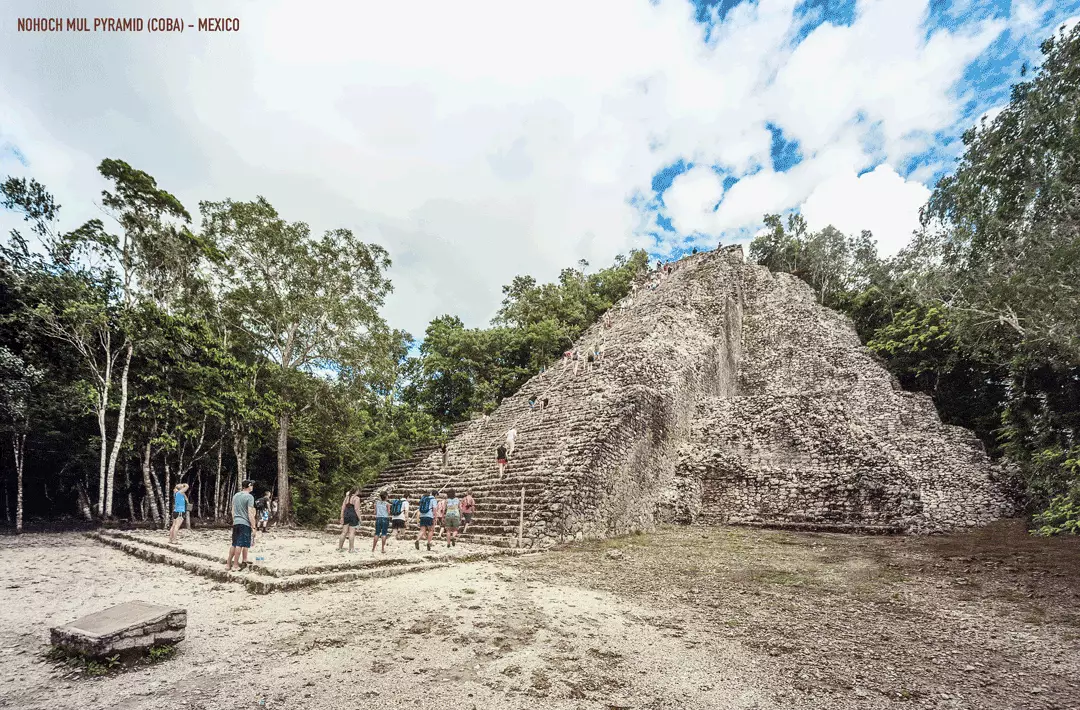
3. TEMPLE OF JUPITER
Built in honor of Jupiter, the god of the sky and thunder, this temple was the main center of religious life in the ancient city of Pompeii, a small Roman city located in the Bay of Naples. He remained dominant in the Forum, with Mount Vesuvius looming ominously behind him. However, the volcano erupted in August 79 AD, tragically destroying Pompeii.
See photos: Places to see before you die: the definitive list
The site was rediscovered in the 16th century, and the many years of excavation and interpretation that have passed since then have given the millions of annual visitors a fascinating insight into everyday life of this 1st century Roman city, which was "frozen", thanks to the intense heat of the lava, in time.
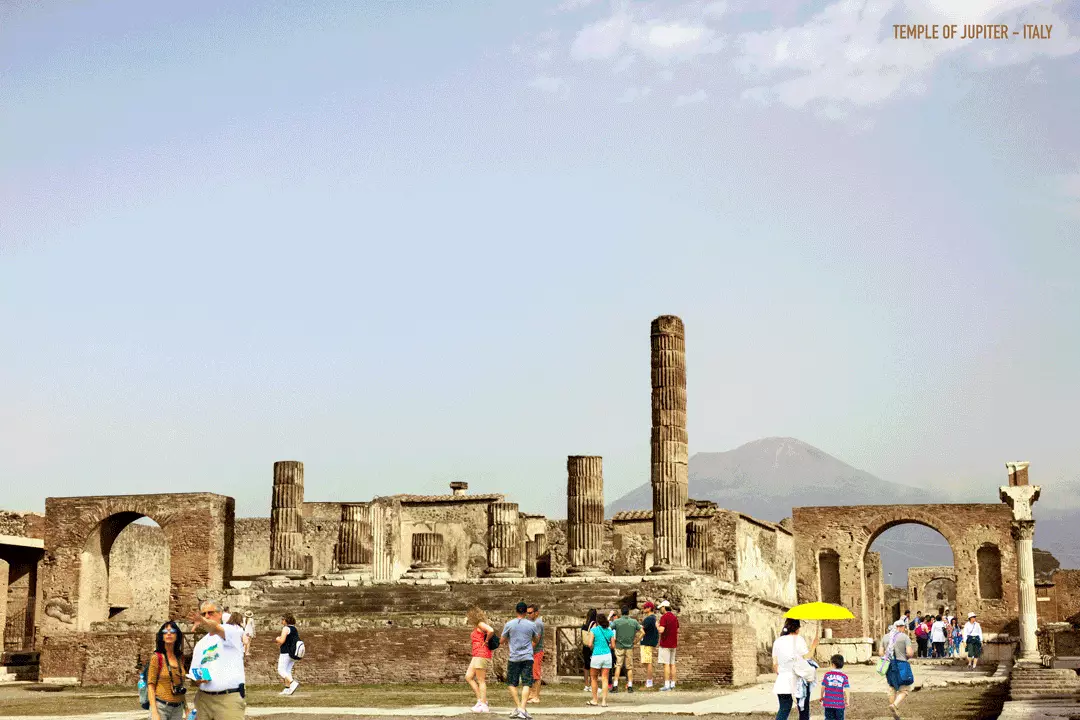
4. MILIARY CASTLE 39 (part of Hadrian's Wall)
The Hadrian's Wall Stretching some 118 kilometers across some of the most spectacular land in England, it dates back to the 1st century AD. Historians still debate the reasons for its construction: the most popular theory is that, upon becoming Roman Emperor in 117 AD, Hadrian had this wall built to make his empire more secure.
To increase perimeter security, forts known as mile castles along the long wall, at intervals of about a roman mile (which was equivalent to the distance traveled with a thousand steps). Here the number 39 has been recreated, ChâteauNick, located near Steel Rig (Northumberlands).
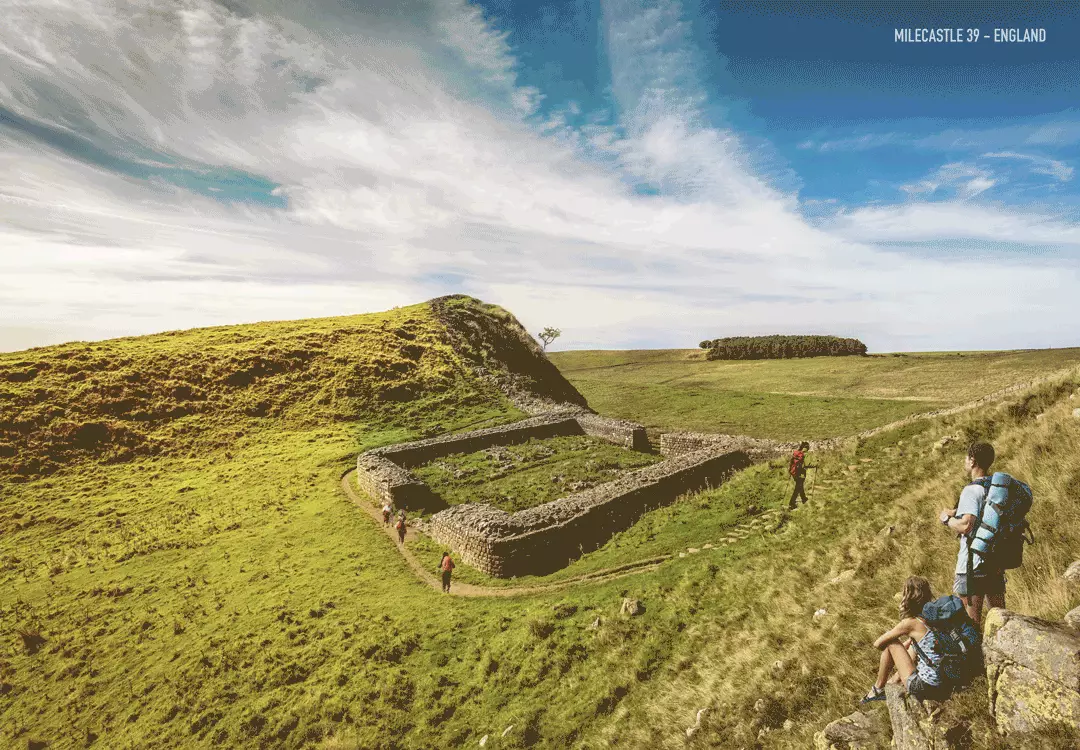
5. LUXOR TEMPLE
From its inception, Luxor Temple, which takes its name from the Arabic term al-Uksur ("fortification"), has been a holy site. Commissioned by Amenhotep III in 1380 BC. C., the temple was renovated by Ramses II some 100 years later to incorporate a large pylon portal and an open patio. In its day, it was linked to the neighboring Karnak temple by a avenue of sphinxes, guarding the gates of the temple.
With epic obelisks and architraves, Luxor Temple represents part of the most monumental stone architecture of ancient Egypt . It is a testament to the country's long history and a must-see on any Egyptian holiday.
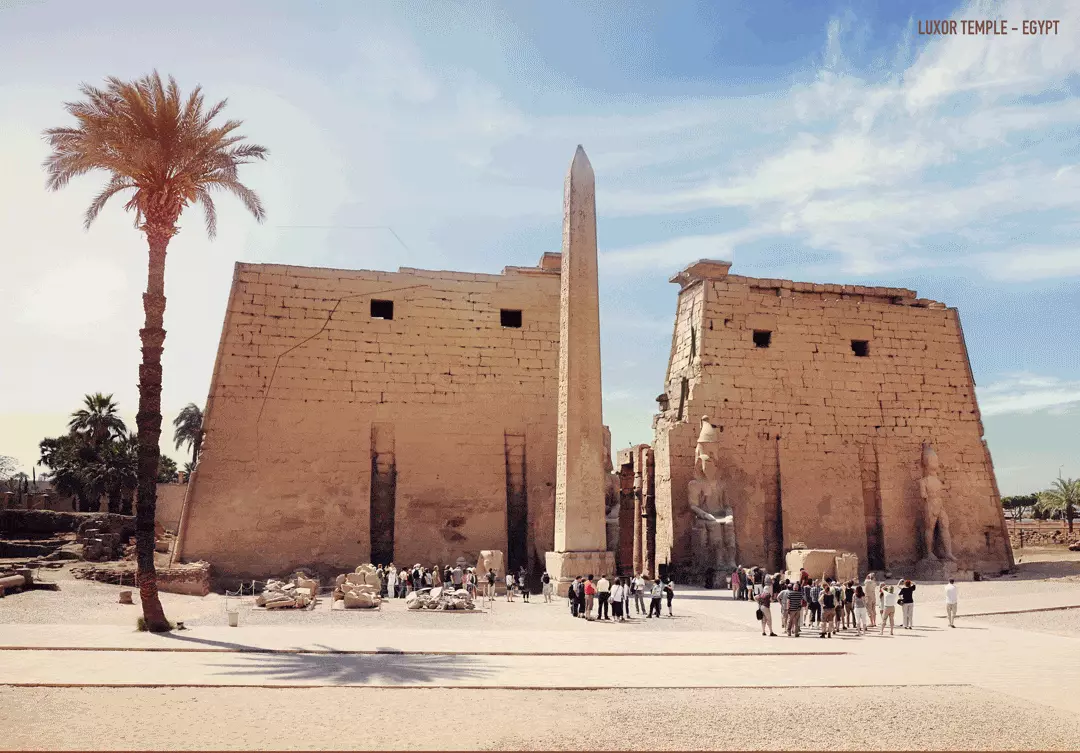
6. PYRAMID OF THE SUN (TEOTIHUACAN)
Teotihuacan is the most visited archaeological site in Mexico and one of the most impressive cities in Mesoamerica. This rich and powerful city, which in the 6th century, with 125,000 inhabitants, was the largest metropolis in the western hemisphere After the fall of Rome, it was more than ceremony center, a real new york , whose influence reached all of Central America.
Still today, the majestic architecture of its monuments seems incredible to us. Throughout the more than two kilometers of the impressive Avenue of the Dead imposing buildings follow one another, such as the Pyramid of the Moon , and above all, the Pyramid of the Sun, whose base is 222 by 225 meters and whose height probably reached 63 meters.
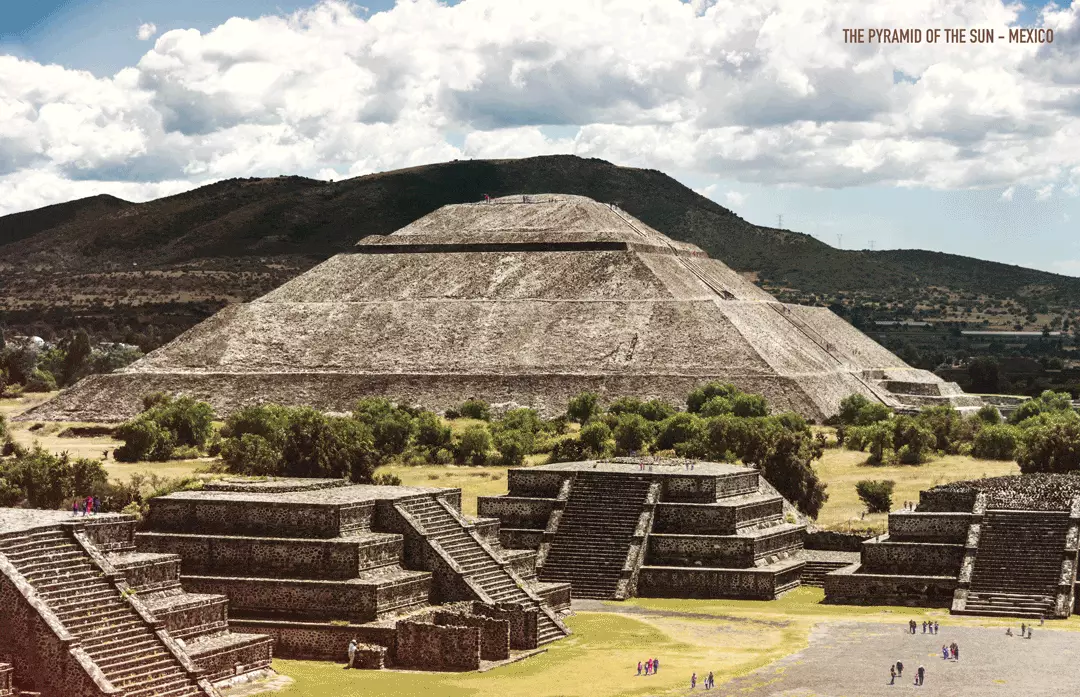
7. SACRED AREA OF LARGO DI TORRE ARGENTINA: TEMPLE B
Length of the Argentine Tower is a square in Rome (Italy) that contains four roman temples Republicans, and the remnants of the Pompey's Theater . It is located in the old Mars field.
The temple B it is the most recent of the four, and six of its columns, the original flight of steps and the altar are still intact. Visitors to the area can enjoy this fascinating archaeological site, recently restored, and also its suggestive inhabitants, the hundreds of cats who live among the ruins. Originally, however, these distinguished inhabitants were not, as shown in the gif.
